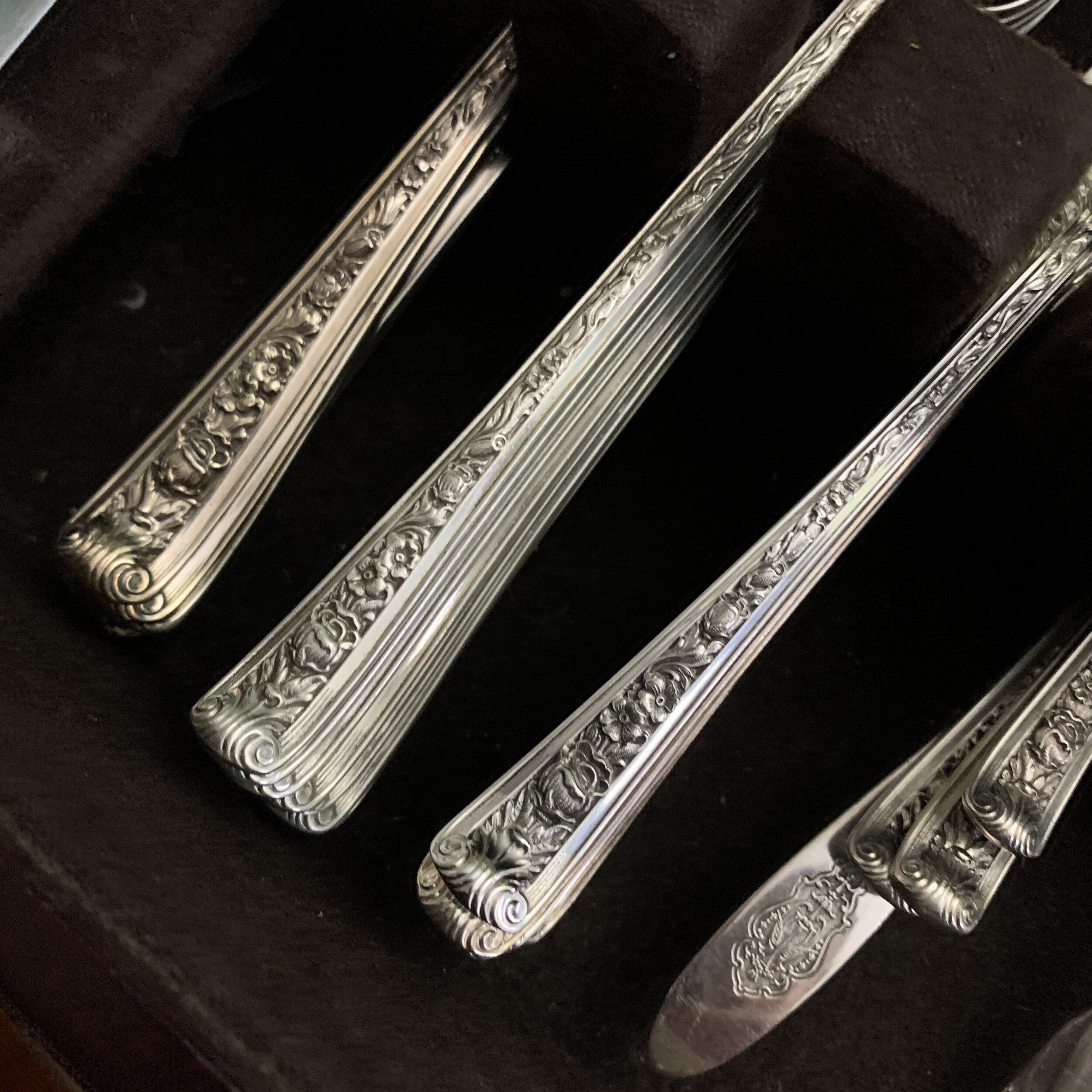Many of us have been preparing to travel for the first time in over a year because of the pandemic — including Etiquetteer. Having prepared for a weeklong stay at the Tip of the Curliest Peninsula, Etiquetteer has had to self-refresh the Perfect Proprieties of Summer Vacation Packing.
Wherever you’re going, your principal objectives are a) to bring everything you need, but b) not more than that, and c) not to inconvenience your hosts by begging for things you should have remembered. When preparing to visit Europe a few years ago, a Dear Friend told Etiquetteer “Bring half the clothes and twice the money.” That’s still Perfectly Proper advice.
What you pack will, obviously, be based on the activities planned for your vacation, climate, as well as local custom. This particular vacation divides easily into three categories: Beach, Town, and House. But anyone with gear-specific activities in mind — fishing, sailing, tennis, birding, etc. — had better use a checklist so as not to omit any essential equipment.
BEACH: The Tip of the Curliest Peninsula may be a resort town, but the beaches of the Cape Cod National Seashore involve too much hiking to be considered resort beaches*. So Etiquetteer wears things that are literally falling into rags, an aesthetic that might be considered either Extreme Yankee Parsimony, or just Grumpy Old Man. For the beach Etiquetteer packs clothes unfit to wear anyplace but the beach, a sweatshirt (New England Weather is changeable, to say the least), beach hat and shoes, and a beach towel; never assume your hosts want their towels taken to the beach.
TOWN: It might be said that the dress code in this Town is permissive in the extreme, but for the most part people wear ordinary summer clothes: T-shirts, shorts, jeans, pants, sweaters, etc. On Comical Street, the Main Drag, there’s a lot of promenading about between art galleries, shops, restaurants, and bars. About the dressiest thing one might end up doing is dining at one of the Fine Dining Establishments, which wouldn’t require more than a flawlessly pressed linen shirt and slacks. If there’s a costume party in the plans, of course you’ll bring all the elements of what you plan to wear. (Your hosts should let you know what’s on the schedule so you can come prepared. Spontaneity is overrated.) The most important thing to consider is footwear. With so much walking and standing about, this is no place for the Cruel Shoes!
HOUSE: While Etiquetteer may look a little crumpled above the neck before morning coffee**, it’s Perfectly Proper to present more crisply than that while lounging about. Consider the customs of your hosts when packing your loungewear.
EVERYTHING ELSE: Of course there’s more to pack than what you wear! All your preferred toiletries, medications, electronics (including chargers and cords), jewelry . . . anything you’re expecting to use. Make a list, and check it twice.
Lastly, don’t forget to pack that Winning Smile and your Holiday Spirit to keep the house party running happily. Attitude is never becoming, whether it’s before your coffee or not.
Etiquetteer is delighted to wish you bon voyage! Don’t forget to write!
*Just try calling for the waiter at Race Point or Herring Cove to bring you a gin and tonic and see how long you have to wait for it.
**Mamie Eisenhower just had to tie little pink ribbon around her head before her breakfast tray came in to look Perfectly Proper. Etiquetteer has to make more of an effort than that.































